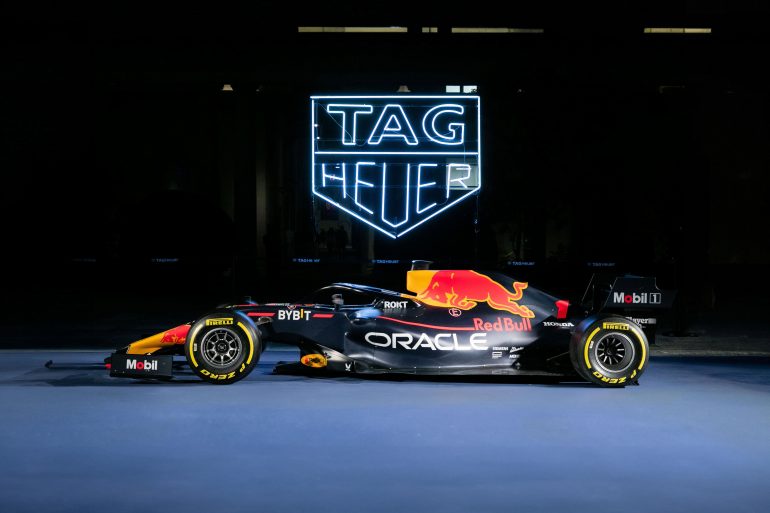Olivetti was founded as a typewriter manufacturer by Camillo Olivetti in 1908 in Ivrea, Italy, not far from Turin. In 1930 the firm opened its first overseas manufacturing plant, and its Divisumma electric calculator was launched in 1948. Olivetti produced Italy’s first electronic computer, the transistorised Elea 9003, in 1959. Five years later the company sold its electronics division to General Electric and continued to develop new computing products on its own; one of these was Programma 101, one of the first commercially produced programmable calculators. In the 1970s and 1980s Olivetti was the biggest manufacturer for office machines in Europe and 2nd biggest PC vendor behind IBM.
Olivetti was famous for the attention it gave to design: a preoccupation included into a comprehensive corporate philosophy, which embraced everything from the shape of a space bar to the color scheme for an advertising poster. In 1952, the MoMA held an exhibit titled ‘Olivetti: Design in Industry’ and today, many Olivetti products are still part of the museum’s permanent collection.
Olivetti was also renowned for the caliber of the architects it engaged to design its factories and offices, including Le Corbusier, Louis Kahn, Gae Aulenti, Egon Eiermann, Ignazio Gardella, Carlo Scarpa, BBPR, and many others.
From the 1940s to the 1960s, Olivetti industrial design was led by Marcello Nizzoli, responsible for the Lexikon 80 (1948) and the portable Lettera 22 (1950). Later, Mario Bellini and Ettore Sottsass directed design. Bellini designed the Programma 101 (1965), Divisumma 18 (1973) and Logos 68 (1973) calculators and the TCV-250 video display terminal (1966), among others. Sottsass designed the Tekne 3 typewriter (1958), Elea 9003 computer (1959), the Praxis 48 typewriter (1964), the Valentine portable typewriter (1969), the M10 personal computer (1983) and others.
During the 1970s Olivetti manufactured and sold two ranges of minicomputers. The ‘A’ series started with the typewriter-sized A4 through to the large A8, and the desk-sized DE500 and DE700 series. George Sowden worked for Olivetti from 1970 until 1990, and designed their first desktop computer, Olivetti L1 in 1978, following ergonomic research lasting two years. In 1991, Sowden won the prestigious ADI Compasso d’Oro Award for the design of the Olivetti fax OFX420.
Olivetti paid attention to more than product design; graphic and architectural design was also considered pivotal to the company. Giovanni Pintori was hired by Adriano Olivetti in 1936 to work in the publicity department. Pintori was the creator of the Olivetti logo and many promotional posters used to advertise the company and its products. During his activity as Art Director from 1950, Olivetti’s graphic design obtained several international awards, and he designed works that created the Olivetti image and became emblematic Italian reference in the history of 20th-century design.
Those designers also created the Olivetti Synthesis office furniture series which mainly were used to be installed in the firm’s own headquarters, worldwide branch offices and showrooms. Olivetti also produced some industrial production machinery, including metalworking machines of the Horizon series.

As we all love cars, let’s not forget that Olivetti always partnered with motorsport events and racing teams. The very first collaboration began in 1957, during the Venezuelan Grand Prix, where a network of Olivetti teleprinters placed in strategic points along the circuit allowed public to be informed about the race progress. In 1967, the Programma 101 made its debut Le Mans 24 Hours, producing competitors’ rankings of the competitors in real time.
At the beginning of the 1970s, Olivetti’s notoriety in the world of motorsport was pretty consolidated: in Formula 1 their microcomputers were used both for design and development of cars, as well as on board for management and performance control purposes. Olivetti’s technology gained important recognition when the Ivrea-based company signed a technical collaboration contract with Ferrari in 1981 allowing the Maranello team to use the P6066 microcomputers. Another significant technical and advertising agreement would have been concluded in 1985 with the Brabham BMW team, sponsoring the Gordon Murray-designed BT54, BT55 and BT56.










Furthermore, in 1984, all the Formula 1 teams had an Olivetti M21 personal computer, which allowed, at the end of each race and with an appropriate software customization, to obtain valuable and confidential additional data, parameters and informations.









































